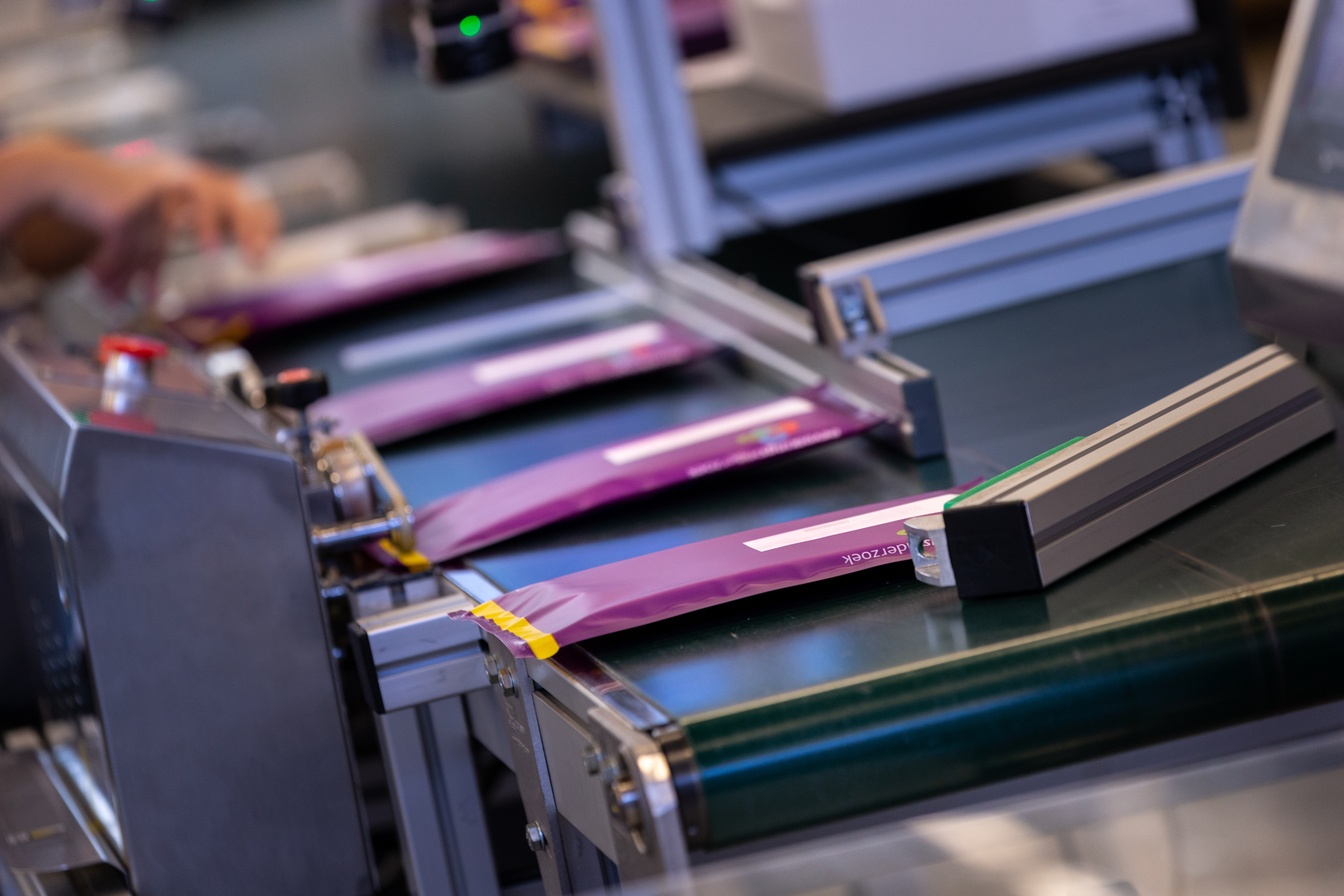
In an era where personalized healthcare solutions are becoming increasingly vital, the significance of effective packaging cannot be understated. Packaging not only protects products but also plays a critical role in marketing and compliance, particularly in the medical field. This article explores the multifaceted costs associated with custom medical packages, providing an in-depth analysis for stakeholders interested in making informed decisions in this intricate sector.
Understanding the Costs Associated with Custom Medical Packages
When discussing custom medical packages, it is essential to recognize that costs can vary significantly based on numerous factors. From materials to design, each element contributes to the overall expense. The complexity of medical products often necessitates specialized packaging solutions that ensure safety and compliance with regulatory standards.
The Importance of Custom Medical Packaging
Custom medical packaging serves multiple purposes: it safeguards sensitive products, enhances brand visibility, and ensures compliance with stringent regulations. The importance of tailoring packaging solutions cannot be overstated, especially when dealing with items such as pharmaceuticals or medical devices.
Why Choose Custom Packaging Solutions?
Protection: Custom packaging provides optimal protection against environmental factors. Brand Identity: It helps establish a strong brand identity through unique designs and materials. Compliance: Ensures adherence to industry regulations, which is vital for market access.Factors Influencing Costs of Custom Medical Packages
Understanding the costs associated with custom medical packages requires a breakdown of several influencing factors:
1. Material Selection
The choice of materials is one of the most significant cost determinants. Options range from traditional plastics to eco-friendly alternatives like compostable packaging.
- Plastic: Often less expensive but can raise sustainability concerns. Eco-Friendly Materials: Generally more costly but align with sustainable practices.
2. Design Complexity
Design intricacies can significantly impact pricing:
- Simple designs may incur lower costs. Complex structures necessitate advanced manufacturing techniques, increasing expenses.
3. Quantity Ordered
The scale of production directly correlates with per-unit costs:
- Bulk orders typically reduce individual unit costs due to economies of scale.
4. Kitting and Co-packing Services
Kitting involves assembling various components into one package, while co-packing refers to outsourcing packing operations. Both services can influence overall costs:
- Adds value but may introduce additional fees.
Sustainable Packaging Solutions in Medical Packaging
As environmental awareness increases, sustainable packaging is gaining traction in the healthcare sector.
Benefits of Eco-Friendly Packaging
Reduces waste and promotes recycling. Attracts environmentally conscious consumers. Enhances corporate social responsibility profiles.Medical Device Packaging Considerations
Medical device packaging presents unique challenges that must be addressed during product development.
Regulatory Compliance Requirements
Manufacturers must comply with numerous standards set by organizations such as the FDA:
- Labeling must include precise information about the device's use.
Custom Food Packaging vs. Medical Packaging
While both types require specialized solutions, custom food packaging tends to focus more on freshness and safety, whereas medical packaging emphasizes sterility and regulatory compliance.
Common Types of Materials Used for Medical Packaging
Different materials serve various functions within medical packaging:
| Material Type | Advantages | Disadvantages | |--------------------|---------------------------------|-----------------------------------| | Plastic | Durable and versatile | Environmental concerns | | Glass | Excellent barrier properties | Fragile | | Paperboard | Lightweight and biodegradable | Less protective | | Compostable Films | Eco-friendly options | May lack durability |
Understanding Regulations Impacting Costs
Compliance with regulations is non-negotiable in medical packaging:
FDA Guidelines for Medical Packaging
Adhering to FDA guidelines incurs additional costs; however, failure to comply can result in significant fines or product recalls.
ISO Certification Requirements
Companies may also seek ISO certification for added credibility, impacting overall budget considerations:
- Higher initial investment but offers long-term benefits through improved quality assurance processes.
The Role of Wholesale Custom Packaging Providers
Wholesale custom packaging can provide cost-effective solutions for companies looking to minimize expenses without compromising quality.
Advantages of Working with Wholesale Suppliers
Cost savings through bulk purchasing Access to a variety of materials Ability to negotiate better termsFAQs About Custom Medical Packages
1. What is custom medical packaging?
Custom medical packaging refers to tailored solutions designed specifically for healthcare products, ensuring safety and compliance while enhancing brand visibility.
2. How do I choose a reliable packaging company?
Look for experience in medical device or pharmaceutical sectors, positive client testimonials, cannabis packaging design and certifications that confirm their adherence to regulatory standards.
3. Are eco-friendly packaging options available?
Yes! Many suppliers now offer sustainable options like compostable or recyclable materials that meet industry standards without compromising quality.
4. What are kitting services?
Kitting services involve assembling multiple components into one cohesive package tailored for distribution or sale.
5. How do design choices affect costs?
More complex designs often require advanced manufacturing techniques which can increase production costs compared to simpler designs.
6. What should I consider when ordering custom medical packages?
Consider material selection, design complexity, regulatory requirements, quantity needed, and whether you need additional services like kitting or co-packing.
Conclusion
Navigating the world of custom medical packages involves understanding various elements that contribute to overall costs—from material selection and design complexities to regulatory compliance requirements and sustainable practices—each factor plays a pivotal role in shaping your investment decisions as well as ensuring patient safety and satisfaction through well-designed packages tailored specifically for your products’ needs.
By examining these aspects closely, businesses can make informed choices about their custom packaging solutions while also aligning their strategies with eco-friendly initiatives that resonate well within today’s conscientious consumer base.
In summary, understanding the costs associated with custom medical packages not only fosters better decision-making but also encourages innovation within this critical aspect of healthcare delivery.
This comprehensive guide aims at equipping you with valuable insights into navigating through various considerations related to investing in effective and compliant custom medical packages while emphasizing sustainability as part of modern-day practices across industries including healthcare!